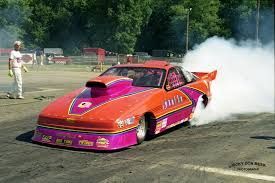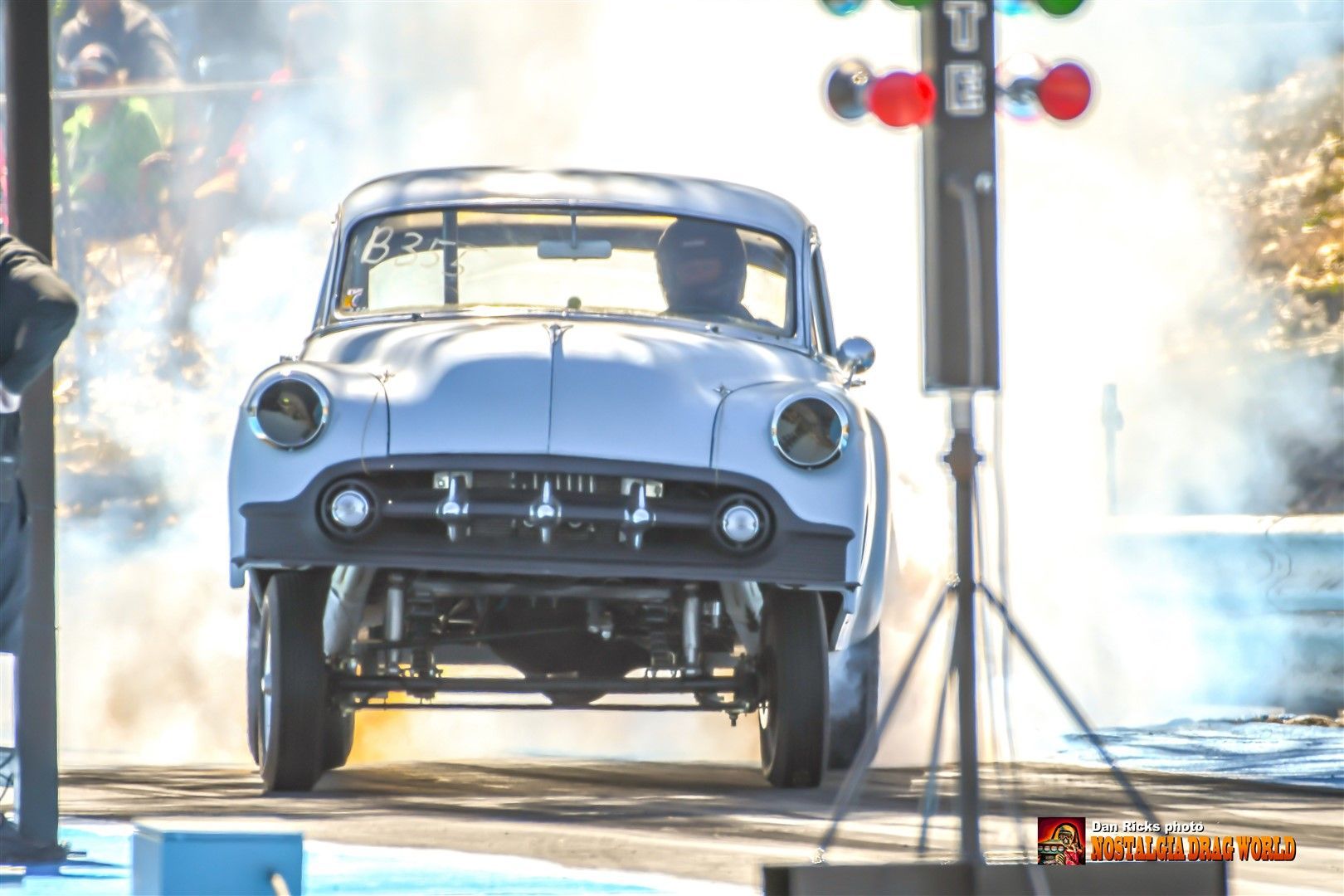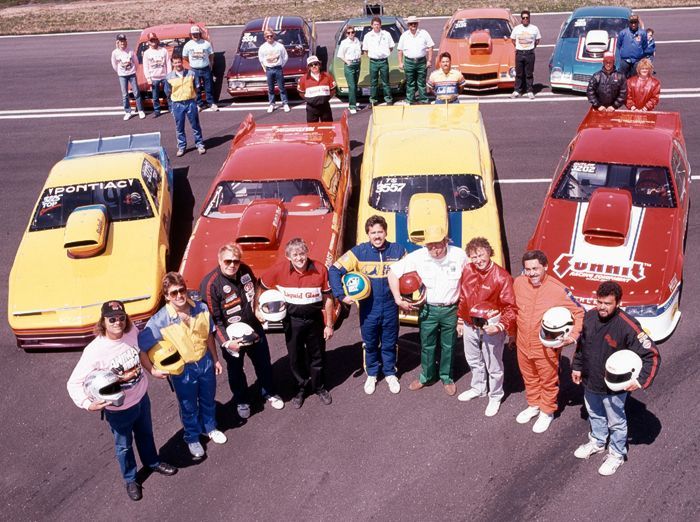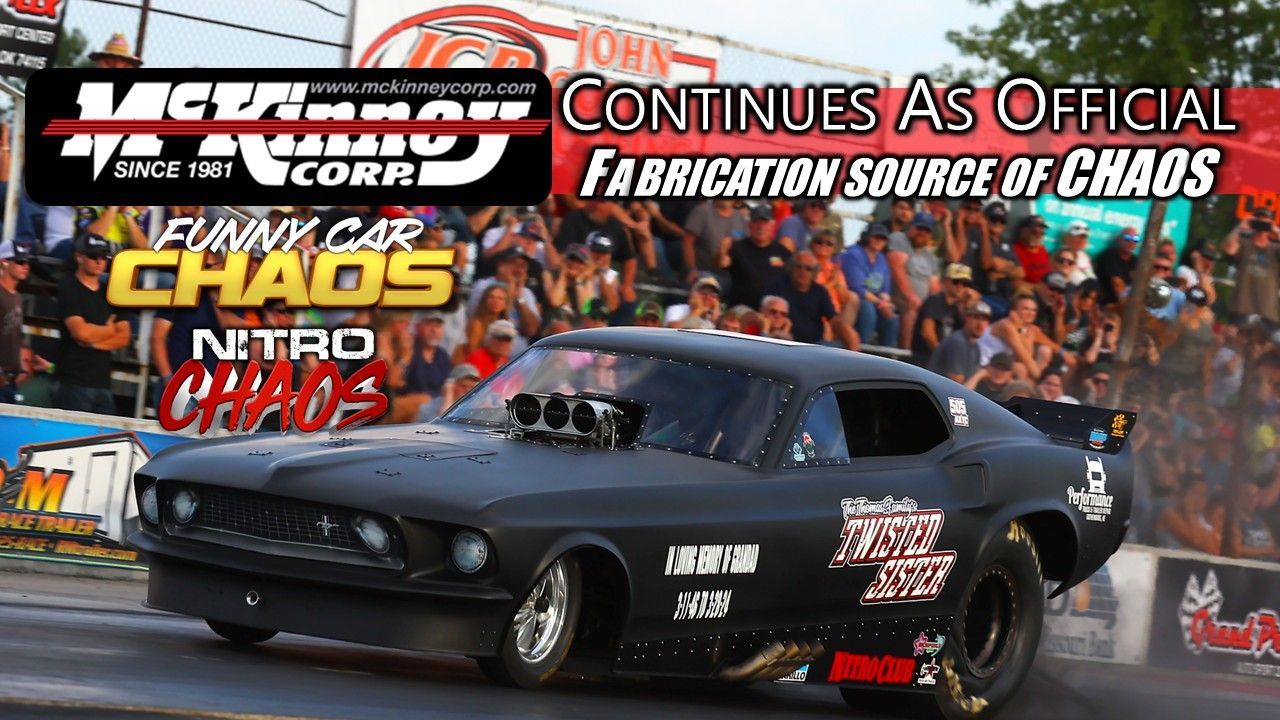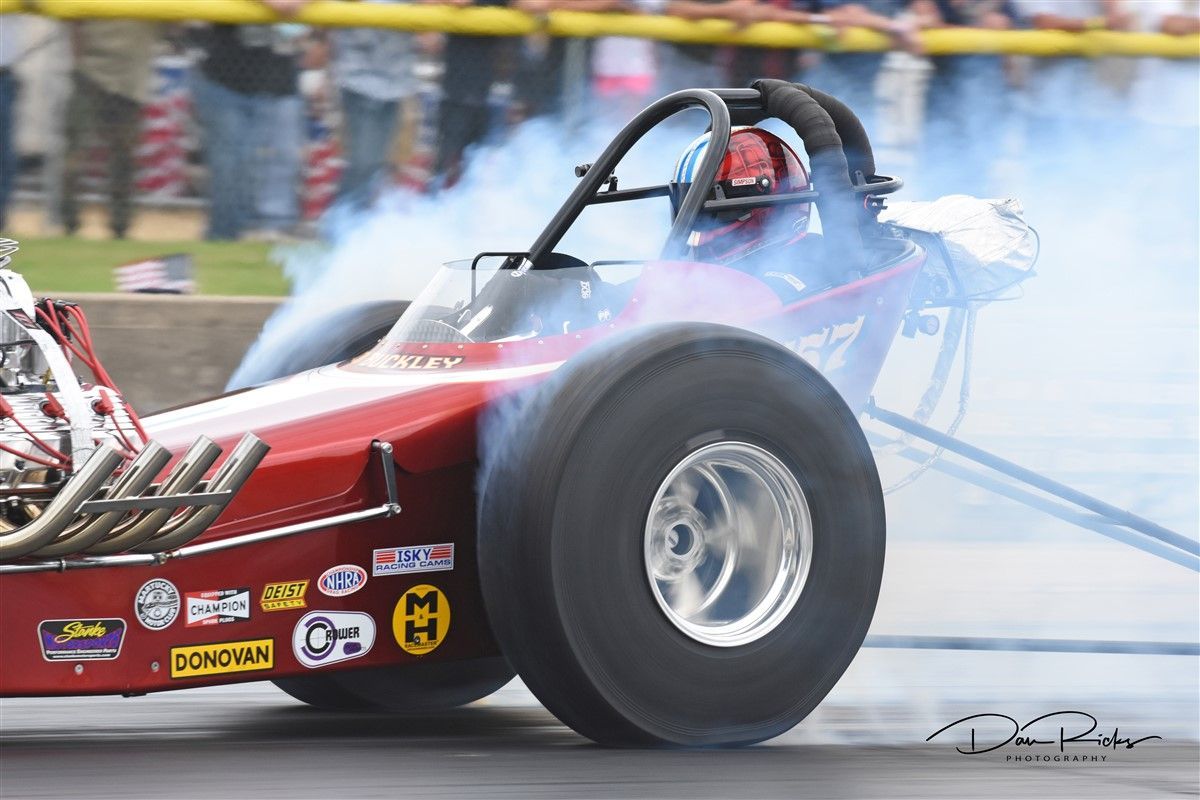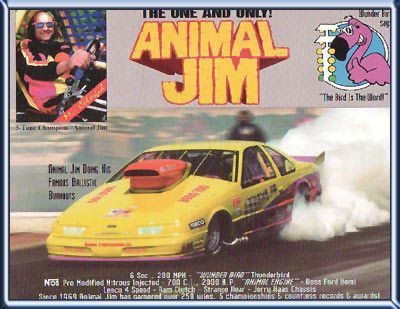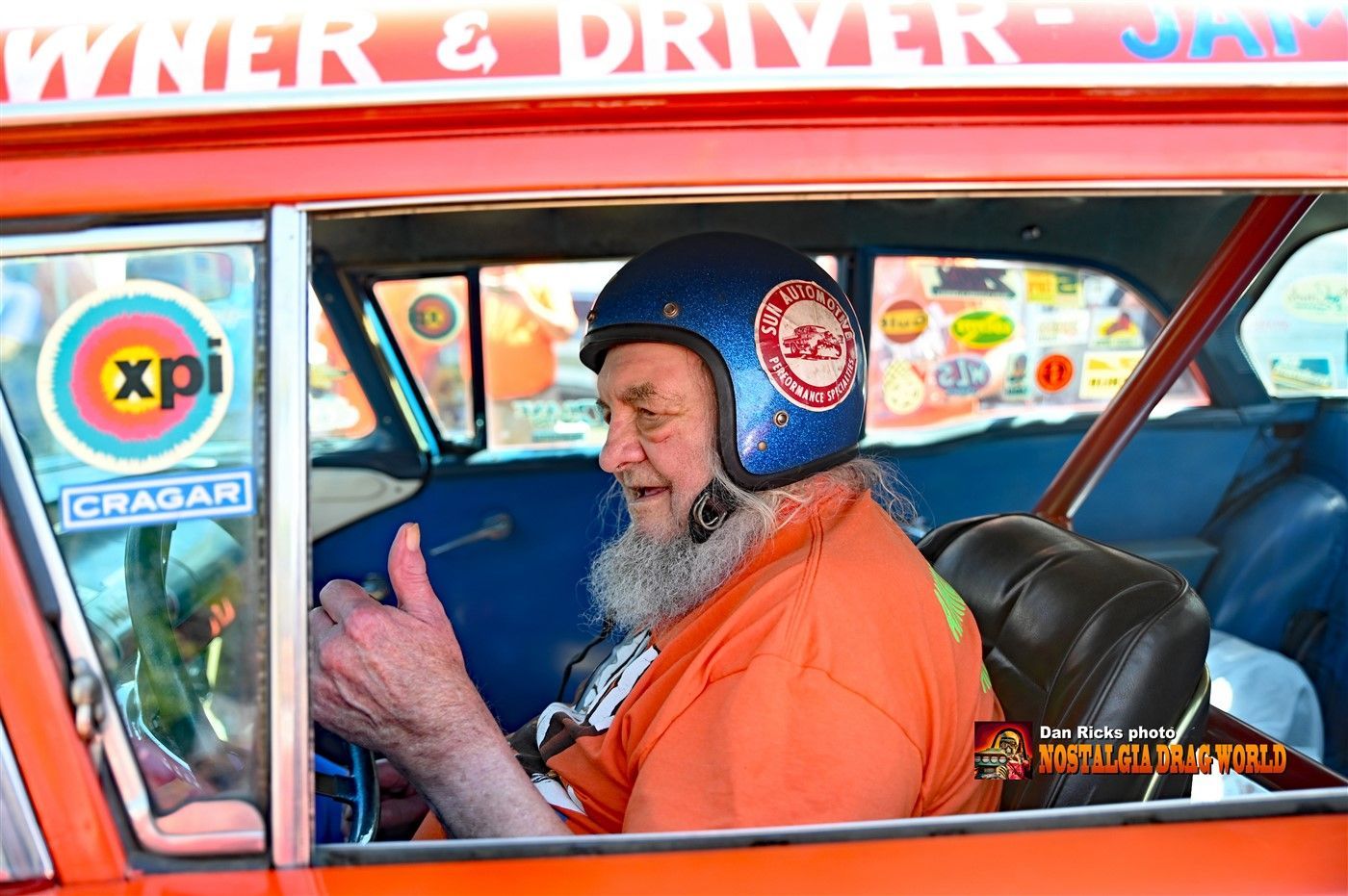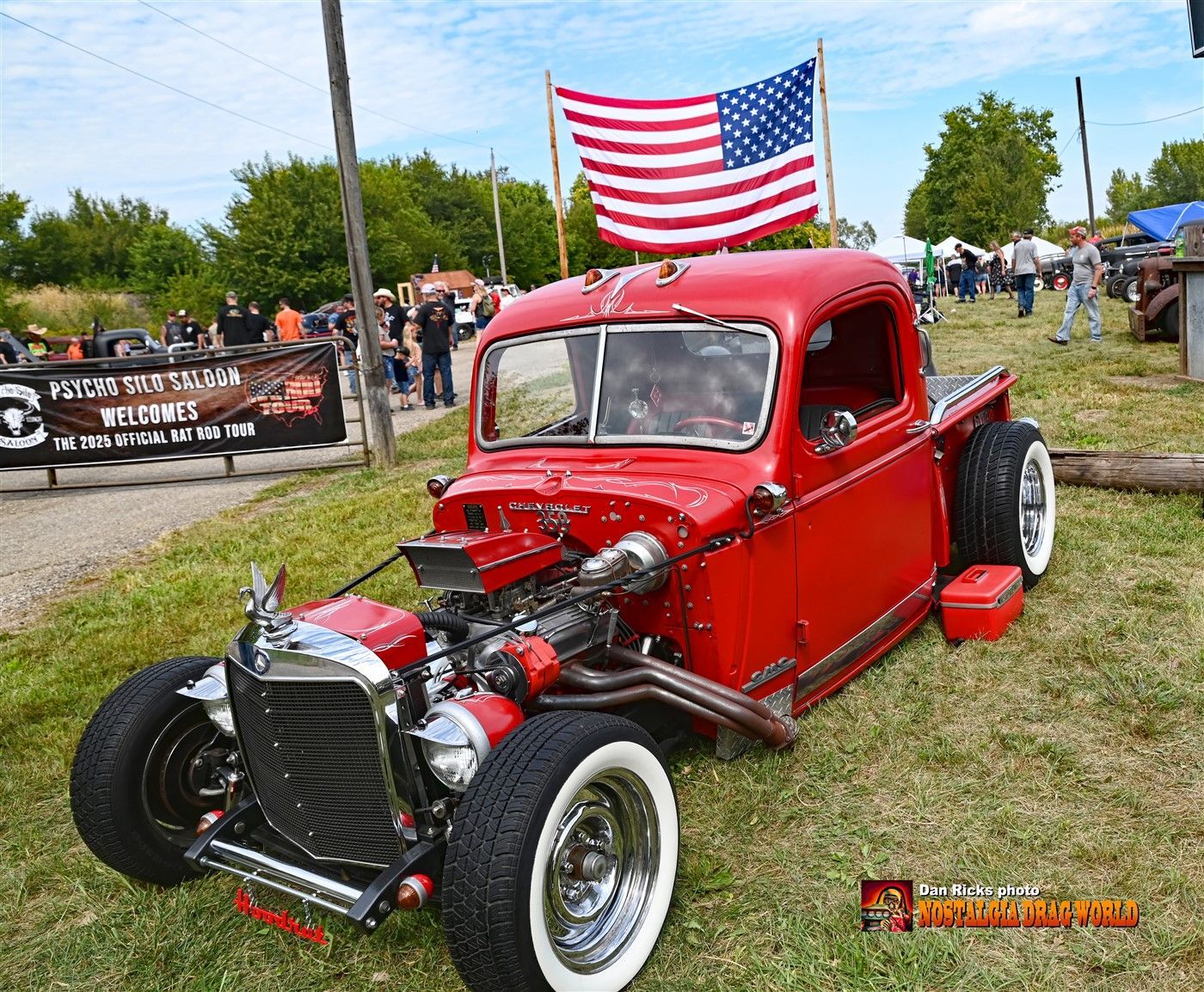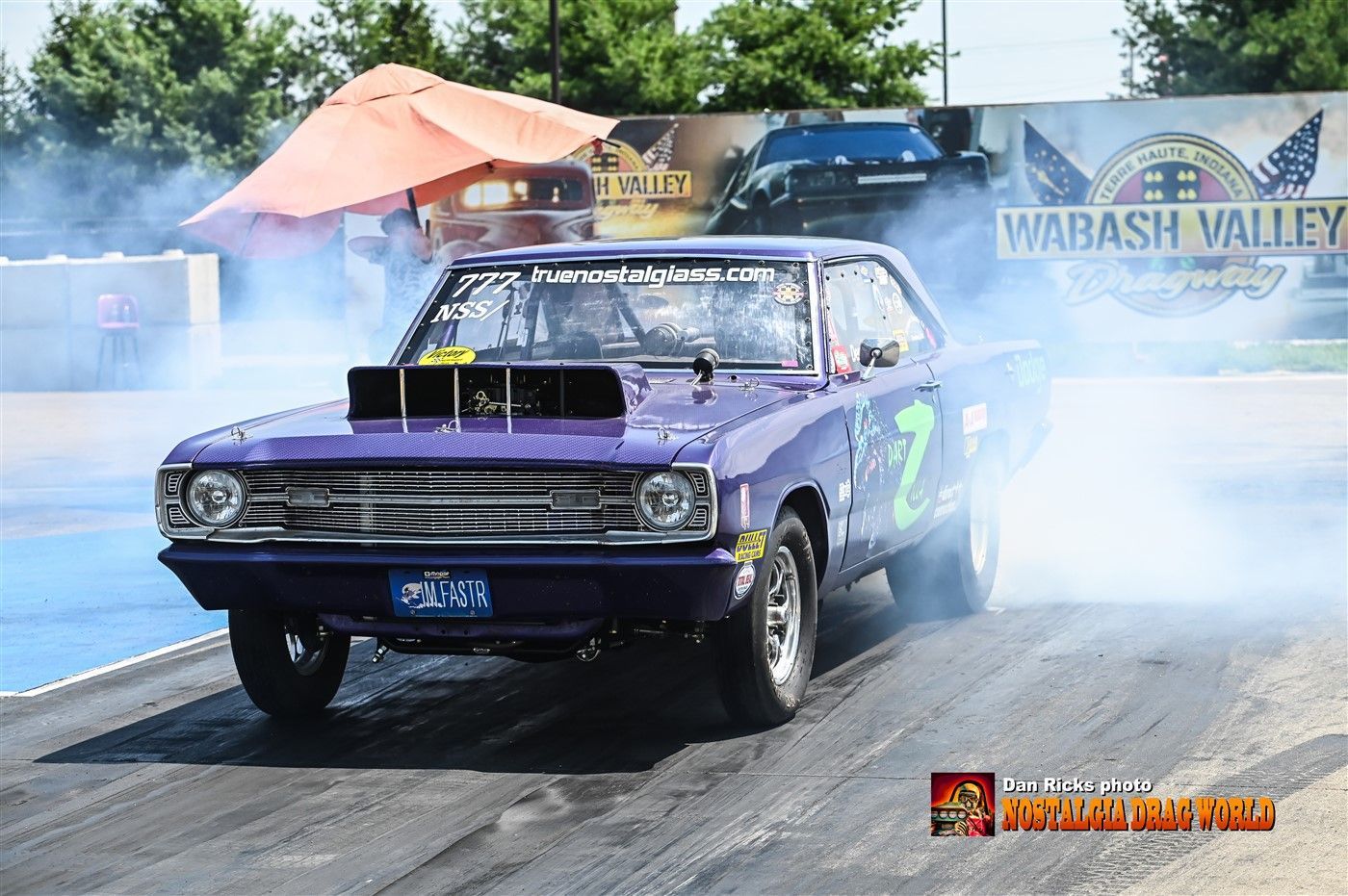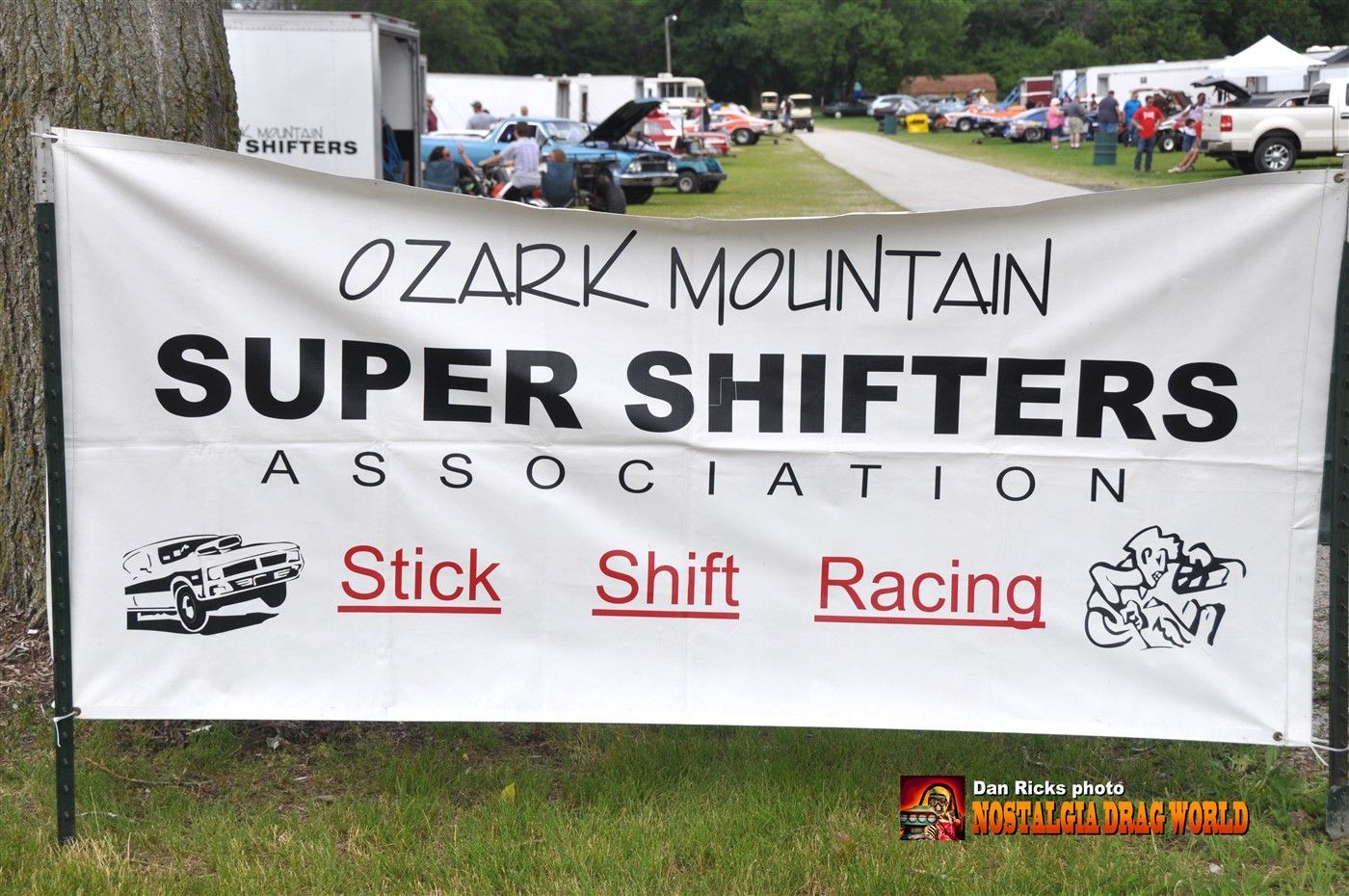Does the NHRA Actually Care About Nostalgia Racing
I am going to write this as a stream of consciousness. For nearly a dozen years I had the distinct honor and pleasure of writing a monthly column for Drag Racing Online, owned and operated by Jeff Burk. Jeff and his lovely bride Kay have since retired, and now I will be bugging Al and Rob here at Nostalgia Drag World.
For me, the operative word in that description is “Nostalgia”. Thus, for most of us when the word nostalgia is used in conjunction with drag racing, many of us conjure up thoughts of front motor top fuel dragsters, and funny cars running bodies as per the NHRA Rule Book which states “Limited to 1965 to 1979 American-made bodies. Bodies must resemble the original mass-produced make and model. Corvette roadster and Jeep bodies permitted. Bodies may be made of fiberglass or composite material. Body must lift off as a one-piece unit. (2022 Hot Rod Heritage Racing Series Rules Supplement, Page 47.)
Now in the past, many racers have stretched those rules to almost the breaking point. (Honestly, I have no beef with that, it is the race teams’ job to get everything they can within the confine of said rules.) Bend them as far as you can without breaking them.
Back a few years ago Canadian racer Ron Hodgson commissioned Victory Chassis to create a new 1969 Camaro. (I called it a Cam-aero) The car had more in common with modern-day Pro Mods, than nostalgia funny cars.)
Nevertheless, the Gang from Glendora gave the body its blessing, and it was allowed to compete. There was a great deal of hate and discontent with many of the other teams who stated the Victory Body was “not in the spirit of the nostalgia vibe.” A valid point. Nevertheless, during competition the advantages of aerodynamics and the lightweight of the body became apparent. As the season went on many other teams decided to take the road of, if you can’t beat them join them. More and more of the Cam-aero showed up.
This brings me to my point of this opinion article. Once again Hodgson has collaborated with Victory Race Cars, to come up with a 2.0 version of the “Cam-Aero”. We will call it the Firebird Trans-Aero. Once again, the nose and front end resemble a Pro Mod 69 Firebird, aka “The Crow from Street Outlaws.”
Furthermore, like the Cam-aero before it, the new Trans-Aero is going to raise eyebrows and some people’s blood pressure. Once again I don’t have heartburn with either Mr. Hodgson or with Ron at Victory. They are stretching the rules to the utmost, it is the sanctioning body that is supposed to have a clearly defined set of rules and enforce said rules.
This is an image released on social media of the car, and it is a stunner.
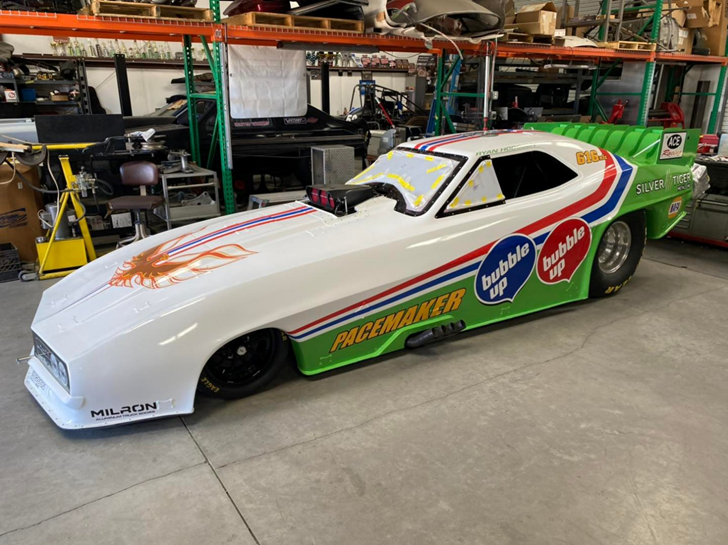
(Hodgson Racing/Pacemaker NFC)
My question is in regard to the rear spoiler. The NHRA Rule Book states “SPOILER-Rear spoiler limited to roof height and body width (modern-type spoilers or spill plates prohibited). (2022 Hot Rod Heritage Racing Series Rules Supplement, Page 48)
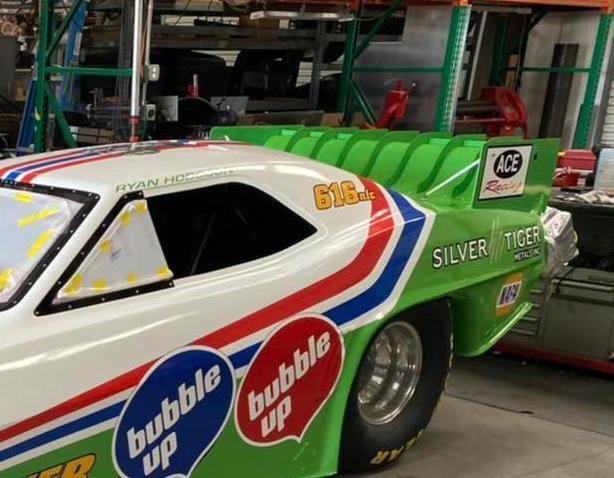
This image is a closer look at the rear deck lid.
That rear spoiler is… Modern. In addition, the next line of the rule book states,” Spill plates may not extend forward of the bottom of the rear window or extend past the trailing edge of the rear deck lid. If one looks closely the spill plate does in fact appear to extend past the trailing edge of the rear deck lid.
Sources tell me there are other “enhancements” to the body that might raise the ire of other competitors.
Hodgson and Victory have done their due diligence and stretched the rules.
What they have done is no different than what happened in 1997 when Hendrick Motorsports crew chief Ray Evernham and an engineer named Rex Stump. The car was called the “T-Rex”. What Stump and Evernham did was find every gray area of the rule book and exploited said rules, stretching them to where only fibers were left. The result was at the 1997 Winston All Star race T-Rex was nearly two seconds a lap faster than the rest of the field. However, NASCAR’s President Bill France wasn’t having his show stunk up and outlawed the design of T-Rex the next day. Hendrick pushed the envelope, hard. However, NASCAR felt it was detrimental to the sport, and ruled against the T-Rex.
Thus, getting to the crux of the matter, the question becomes how far this sanctioning body is willing to go, in allowing teams to pummel the “spirit of nostalgia”, and actually enforce the printed rules already in place. Or is the sanctioning body going to turn a blind eye towards these rear aerodynamic enhancements? Many others would ask that same question.
Does the sanctioning body really give a damn about nostalgia, or are they ok with nostalgia transforming into “Big Show Light” or “Big Show Zero Sugar”? Will this latest creation of the Trans Am, spur other teams to also start stretching the boundaries of the rules and starting “an arms race?”
Now, this opinion is based on the basic NHRA Rules. Therefore car(s) that decide to run in otherwise sanctioned or independent events may not have to worry about the body rules that may or may not come into play. Thus, what Victory and Hodgson have created is above board.
Again, I feel race teams are to push the boundaries, it is up to those who make, and supposedly enforce those rules to act. And if those rule-makers fail to act or engage, then why even have rules or a rule book.
The other question I will reiterate is with this development force those teams who don’t have the resources to just fold their tents and do something else thus making the fields smaller? Doing something like sprint car racing, or competitive BBQ rather than run a nostalgia nitro funny car?
We shall see.
Photos courtesy of Brian Losness
